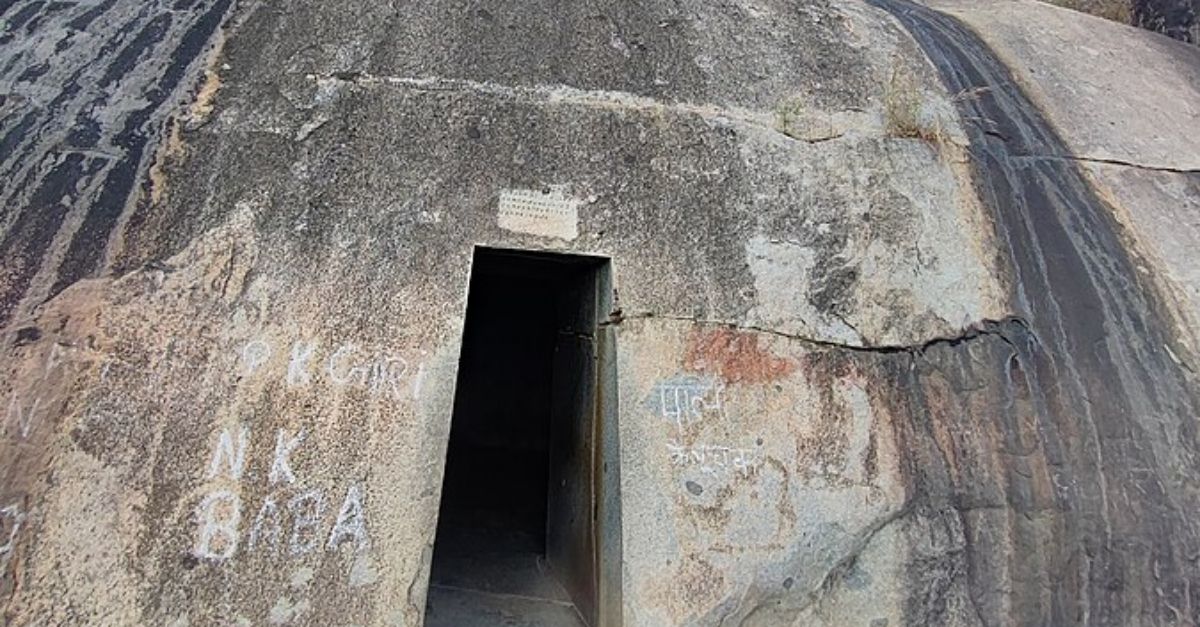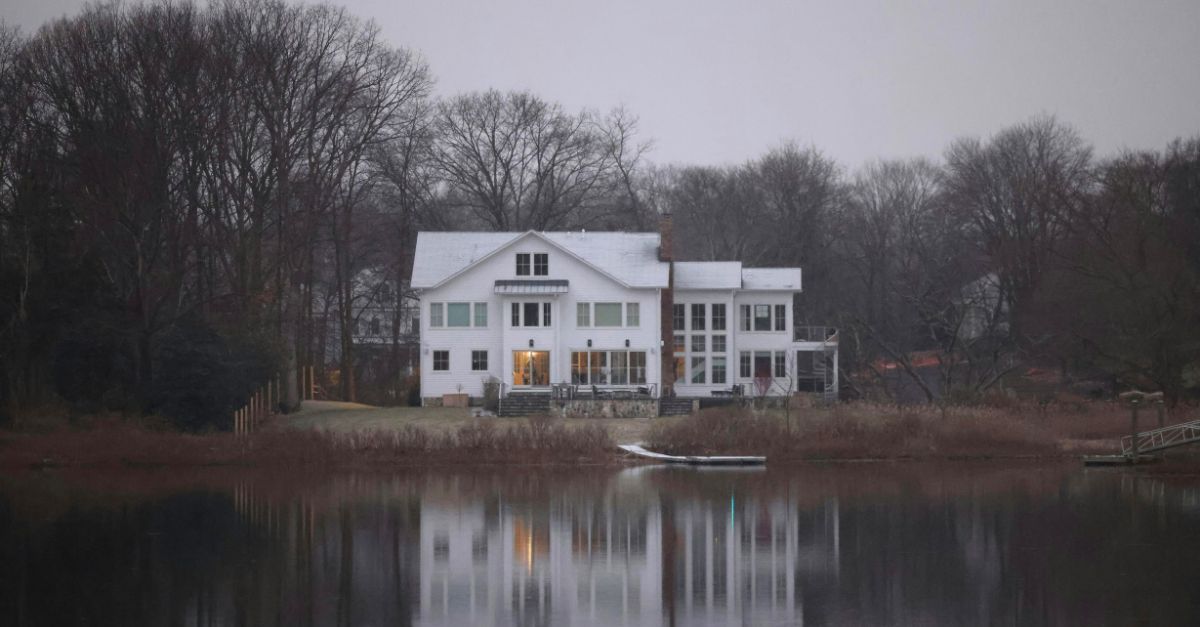Ancient Precision, Modern Confusion
They've stood for thousands of years, yet they refuse to reveal all their secrets. Some call them the greatest engineering achievement of their time, while others argue they don't belong in known history at all. The truth is far more intriguing than anyone expected.
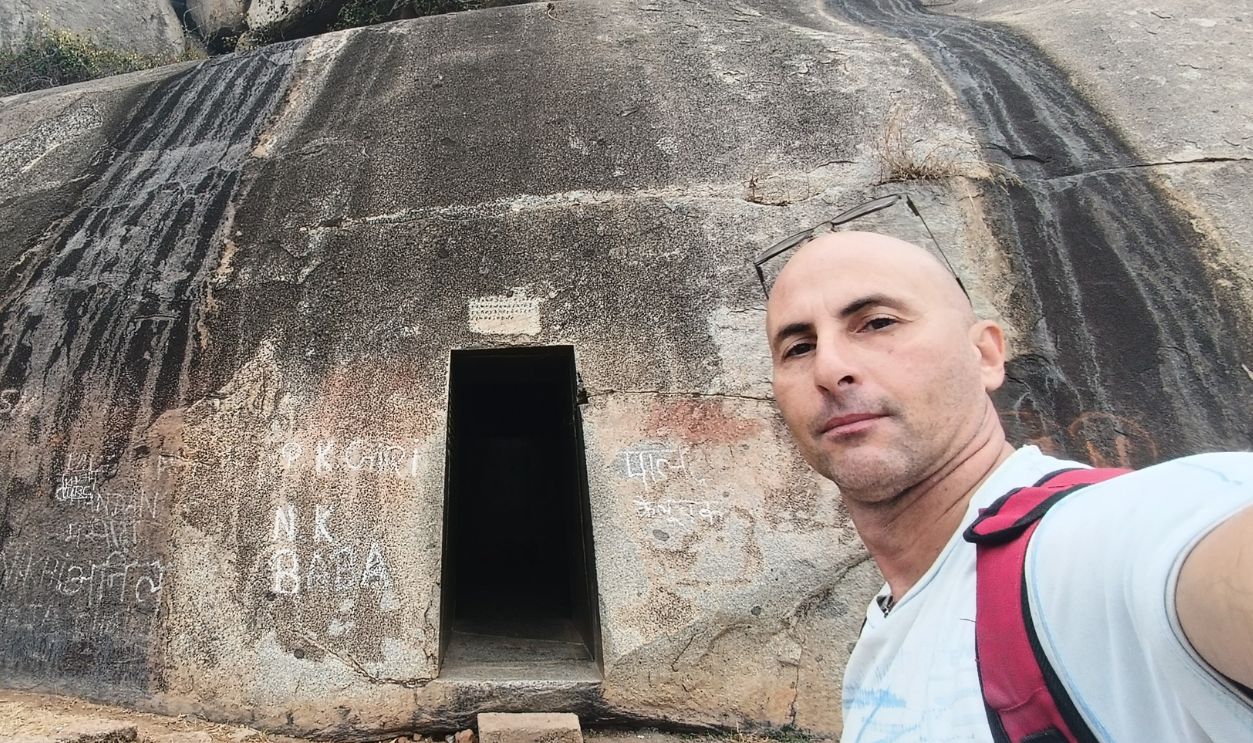
A Hidden Wonder In India
Somewhere in Bihar, India, the Barabar Caves remain an enigma. Carved into solid granite, these ancient structures exhibit a level of precision that baffles experts. Unlike other historical sites, their true origins are still debated. Could these caves be far older than we think?
 Amitabha Gupta, CC BY 4.0, Wikimedia Commons
Amitabha Gupta, CC BY 4.0, Wikimedia Commons
A Site Unlike Any Other
At first glance, the caves seem like just another archaeological wonder, but their design tells a different story. The interiors feature perfectly curved surfaces and an otherworldly polish. Their construction defies conventional explanations and makes them a mystery waiting to be solved.
 Dharma from Penang, Malaysia, CC BY 2.0, Wikimedia Commons
Dharma from Penang, Malaysia, CC BY 2.0, Wikimedia Commons
Legends Surrounding The Structures
Local tales whisper of sages and celestial beings using the caves for meditation. Some legends claim supernatural forces built them, while others suggest lost civilizations with advanced knowledge. Despite their mythical reputation, historians remain divided on whether these stories hold hidden truths.
 Abhisal2408, CC BY-SA 4.0, Wikimedia Commons
Abhisal2408, CC BY-SA 4.0, Wikimedia Commons
An Empire's Connection To The Mystery
Historians attribute the caves to the Mauryan Empire, specifically Emperor Ashoka. Inscriptions inside suggest they were once shelters for monks. However, some scholars argue that the caves's construction predates his reign, which hints at a lost chapter in history yet to be uncovered.
 Dharma from Sadao, Thailand, CC BY 2.0, Wikimedia Commons
Dharma from Sadao, Thailand, CC BY 2.0, Wikimedia Commons
Secrets Etched In Stone
Inscriptions within the caves provide clues, but they also raise more questions. Ashoka's edicts mention their dedication to Ajivika monks, yet the precision of their construction suggests a deeper mystery. If these caves existed before Ashoka, who truly built them, and for what purpose?
 Dirghatamas Alambayan, Wikimedia Commons
Dirghatamas Alambayan, Wikimedia Commons
Architectural Details That Defy Logic
Smooth, perfectly symmetrical interiors carved into unyielding granite seem impossible for an era lacking advanced tools. The level of precision rivals modern techniques, yet historians credit their construction to an ancient civilization. This craftsmanship could indicate lost knowledge or forgotten technology.
 Aryan paswan, CC BY-SA 3.0, Wikimedia Commons
Aryan paswan, CC BY-SA 3.0, Wikimedia Commons
A Finish Too Perfect For Its Time
Inside the caves, the walls gleam with a polished finish rarely seen in ancient structures. This mirror-like sheen, known as the Mauryan polish, raises eyebrows. How did artisans of the past achieve such perfection on unforgiving granite? Modern attempts to replicate it still fall short.
 Amitabha Gupta, CC BY 4.0, Wikimedia Commons
Amitabha Gupta, CC BY 4.0, Wikimedia Commons
Theories That Challenge Conventional History
Some researchers argue that Ashoka's empire may have repurposed caves predating him. Others suggest an unknown civilization with superior knowledge of stonework. If these caves weren't carved by Mauryan artisans, then who had the ability to create such perfection in antiquity?
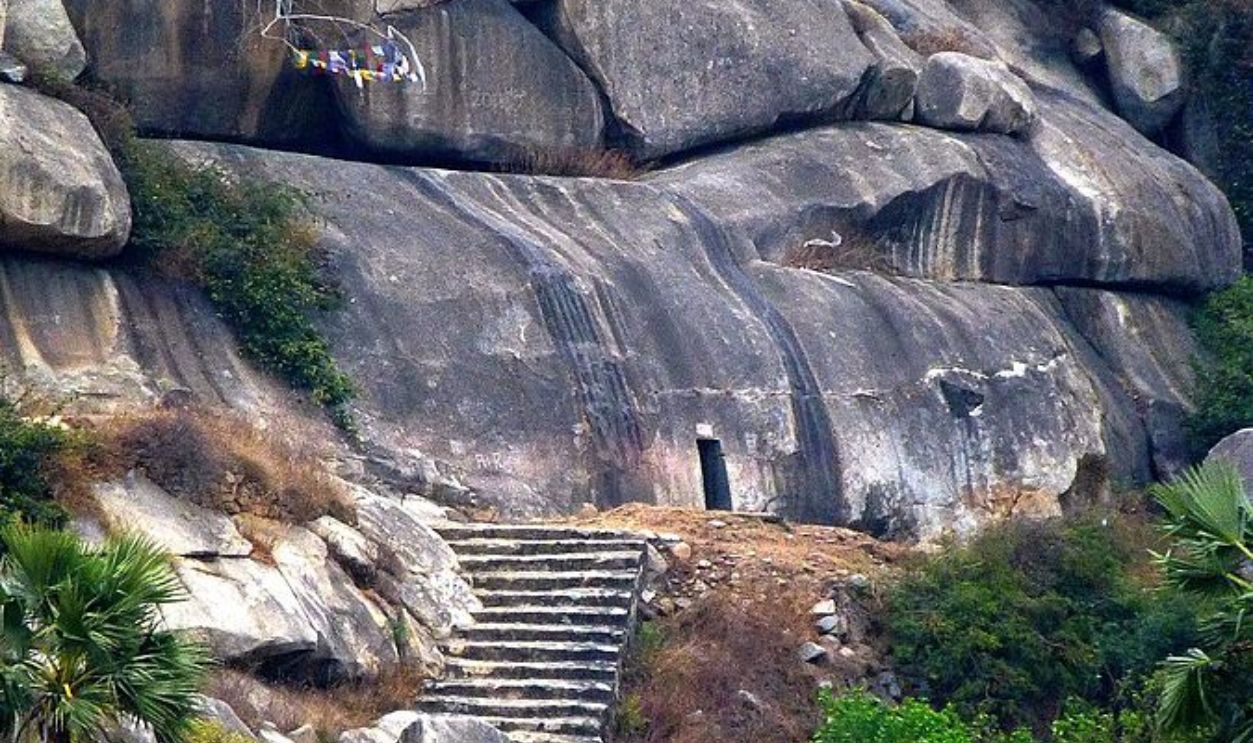 Dharma from Penang, Malaysia, CC BY 2.0, Wikimedia Commons
Dharma from Penang, Malaysia, CC BY 2.0, Wikimedia Commons
Tools That May Have Been Lost To Time
Granite is notoriously difficult to shape, yet these caves exhibit cuts that seem impossibly precise for the era. We'll probably never know if simple chisels were truly responsible for such work or if those ancient builders possessed tools more advanced than what history credits them with. The lack of surviving equipment only deepens the mystery.
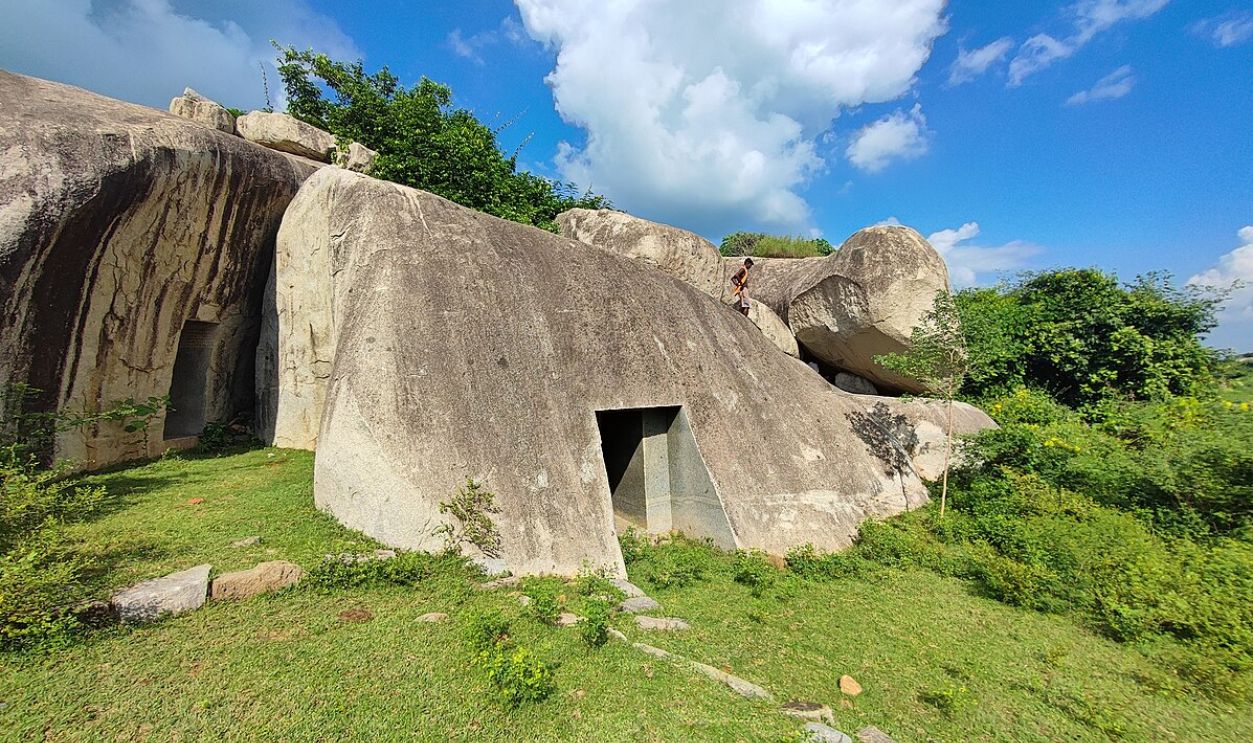 Sumitsurai, CC BY-SA 4.0, Wikimedia Commons
Sumitsurai, CC BY-SA 4.0, Wikimedia Commons
Comparisons That Raise Questions
Similarities between the Barabar Caves and structures like Petra and Machu Picchu have raised eyebrows. Could distant civilizations have shared knowledge of precision stone-cutting? The idea of an interconnected ancient world grows stronger when examining these sites side by side.
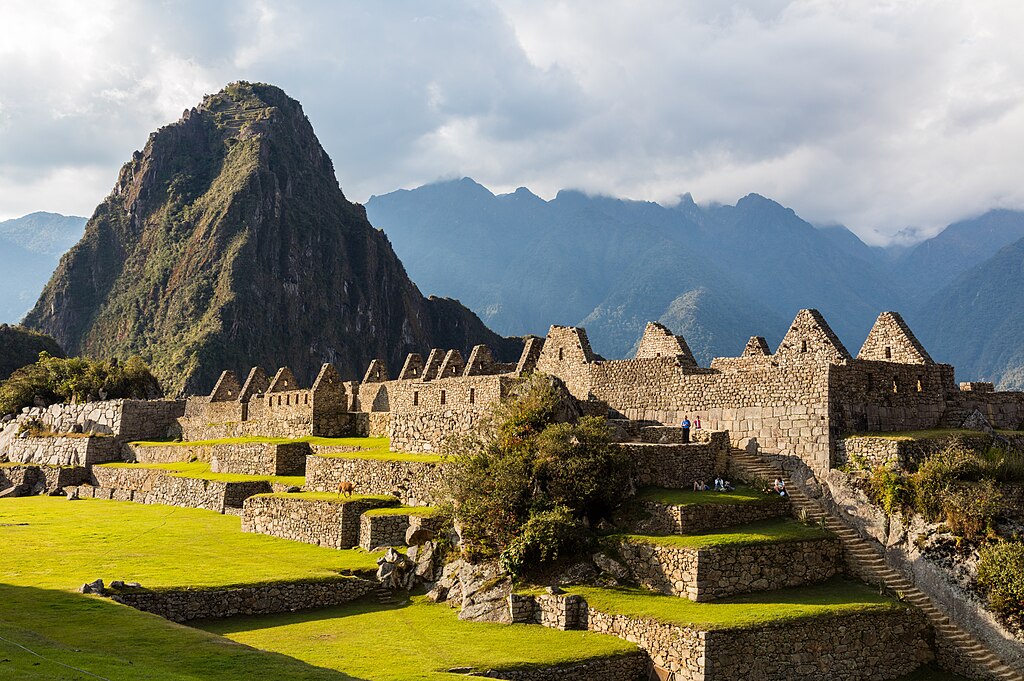 Diego Delso, Wikimedia Commons
Diego Delso, Wikimedia Commons
A Connection To An Unlikely Place
Across the world, civilizations carved structures directly into stone, yet few match the precision of the Barabar Caves. Unlike rudimentary cave dwellings, someone engineered these with mathematical accuracy. Their seamless walls and resonance properties mirror techniques found in distant lands and sparked debate about shared or parallel knowledge.
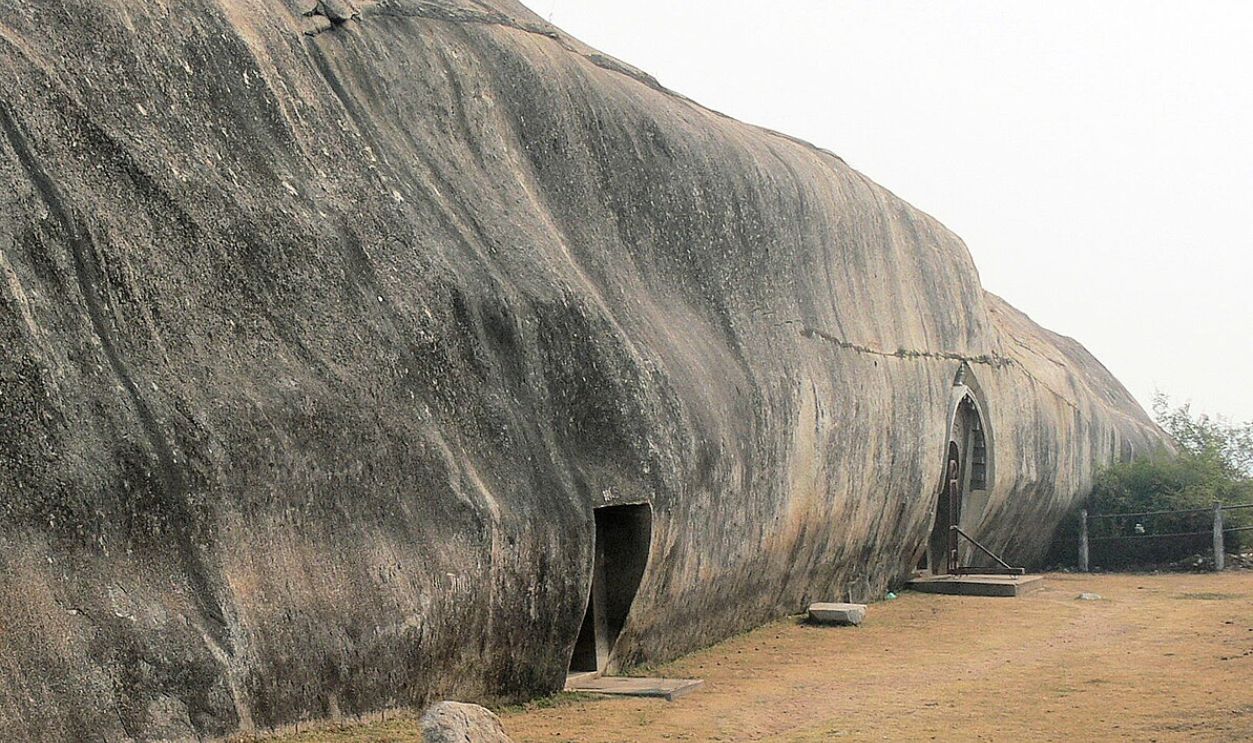 Klaus-Norbert, CC BY 3.0, Wikimedia Commons
Klaus-Norbert, CC BY 3.0, Wikimedia Commons
Beliefs That Shaped The Region
The Ajivika sect, a lesser-known spiritual group, was closely linked to the caves. Their creed emphasized fate and an eternal cosmic cycle, which may have influenced the caves's design. These structures weren't just shelters; they were built to serve a philosophical purpose that dictated every aspect of their construction.
 TheDaderot, CC0, Wikimedia Commons
TheDaderot, CC0, Wikimedia Commons
A Timeline That Might Be Wrong
Mainstream accounts attribute the caves to Ashoka's era, but inconsistencies in tool evidence raise doubts. The caves's level of polish appears more advanced than any other known structures from the time. While historical records suggest a Mauryan origin, the techniques used suggest something much older or more refined.
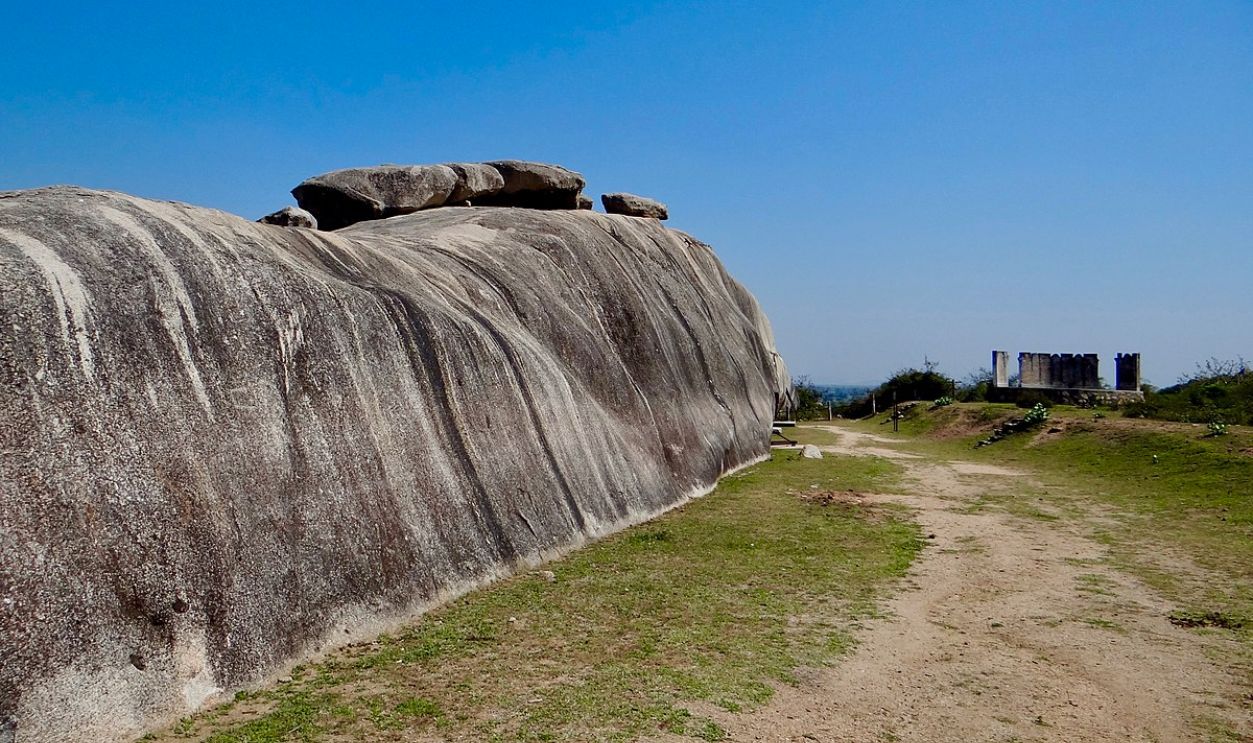 Srijitakundan, Wikimedia Commons
Srijitakundan, Wikimedia Commons
Speculations That Refuse To Fade
Over centuries, different theories have emerged about how the caves were constructed. Some claim advanced metal tools were used, while others suggest abrasives and intense labor. Despite attempts to replicate their smooth finish, no known method produces the same effect.
 Artistically, Wikimedia Commons
Artistically, Wikimedia Commons
A Science That Was Far Ahead Of Its Time
The caves's ability to amplify sound is more than just an architectural coincidence. The specific dimensions allow sound waves to travel in ways that enhance resonance, which could indicate an intentional acoustic design. This level of planning suggests builders might have had precise knowledge of sound behavior inside enclosed spaces.
 Devajyoti Sarkar, CC BY-SA 2.0, Wikimedia Commons
Devajyoti Sarkar, CC BY-SA 2.0, Wikimedia Commons
Modern Techniques Struggling To Explain The Past
Experts attempting to reproduce the caves's craftsmanship using modern technology face significant challenges. Conventional stone-cutting techniques leave tool marks, whereas the caves's surfaces appear almost liquefied in smoothness. The difficulty in recreating this effect fuels speculation about forgotten or undiscovered methods of granite manipulation.
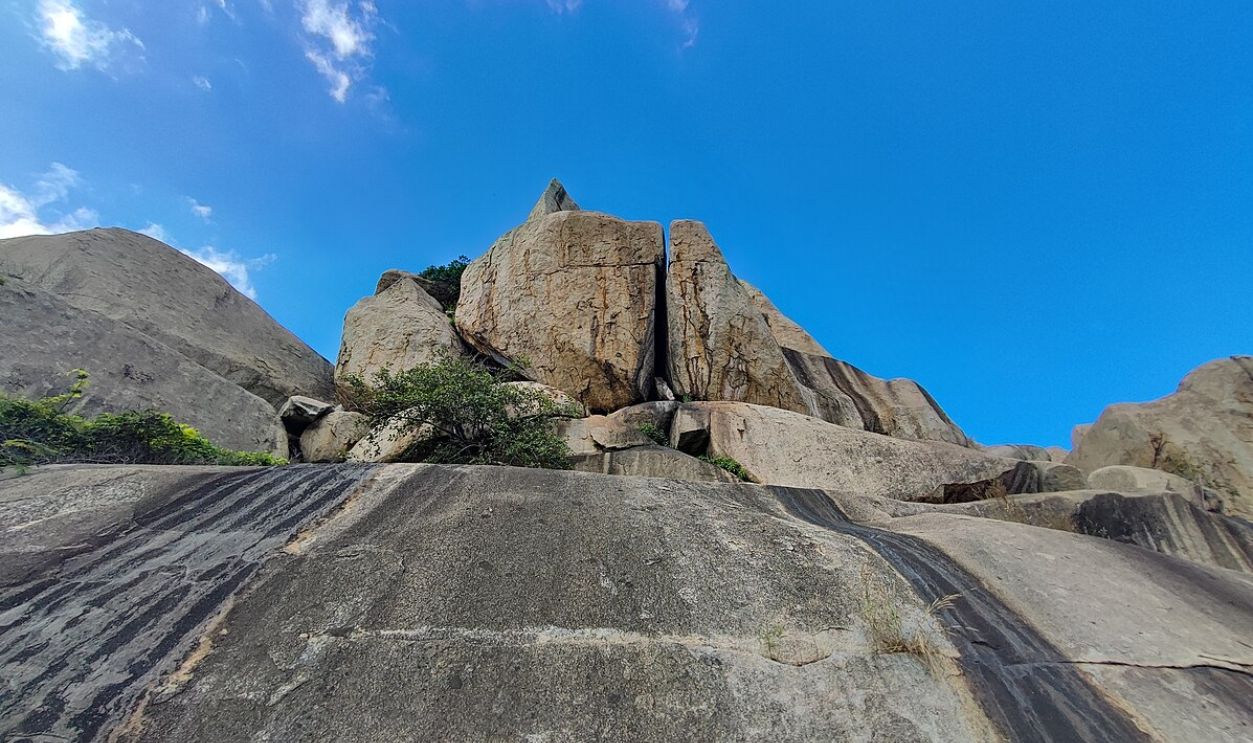 Sumitsurai, CC BY-SA 4.0, Wikimedia Commons
Sumitsurai, CC BY-SA 4.0, Wikimedia Commons
A Dating Dilemma That Puzzles Experts
The lack of organic material in stone structures makes dating unreliable. The inscriptions within the caves confirm when they were used but not when they were carved. Without physical remains or tools embedded in the granite, determining the caves's true age remains one of archaeology's biggest roadblocks.
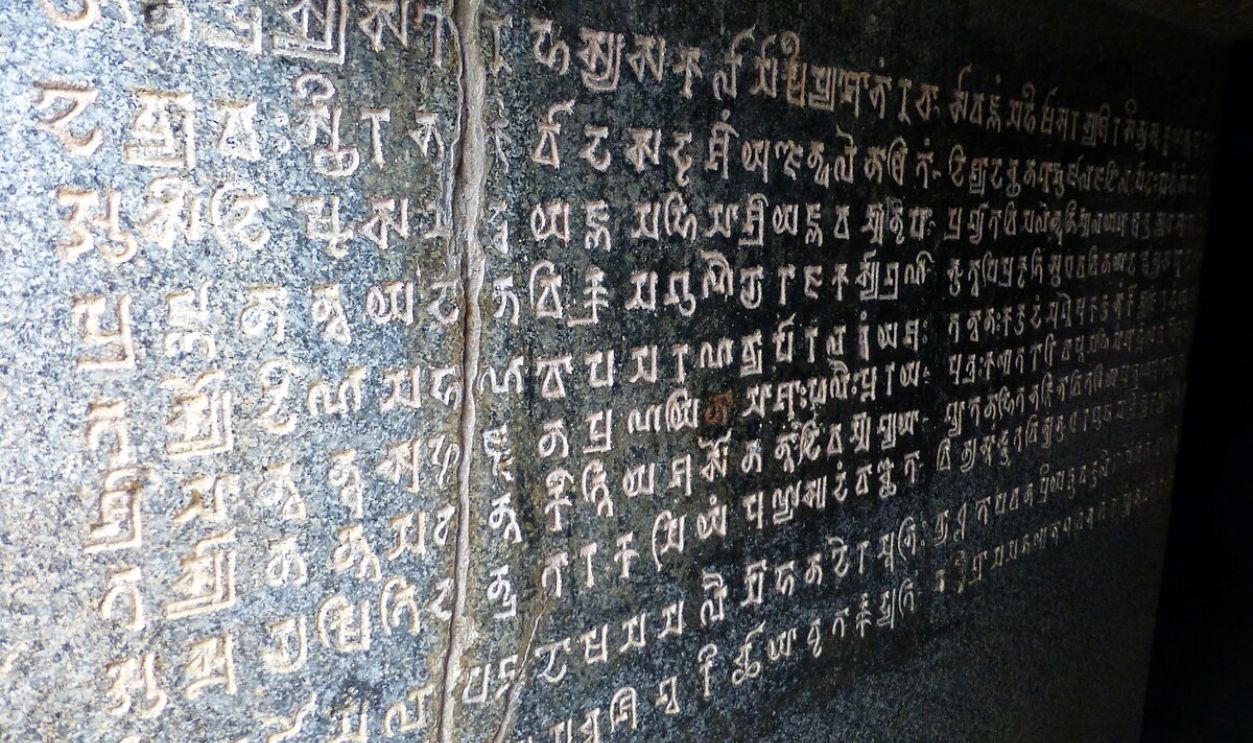 Dharma from Penang, Malaysia, CC BY 2.0, Wikimedia Commons
Dharma from Penang, Malaysia, CC BY 2.0, Wikimedia Commons
A Skillset That Shouldn't Have Existed Then
As already established, granite shaping is challenging, let alone cutting, even with modern diamond-tipped tools, yet the caves exhibit near-perfect internal symmetry. If the builders of the Mauryan period had access to nothing more than chisels, how did they achieve this level of refinement? Having zero similar structures raises questions.
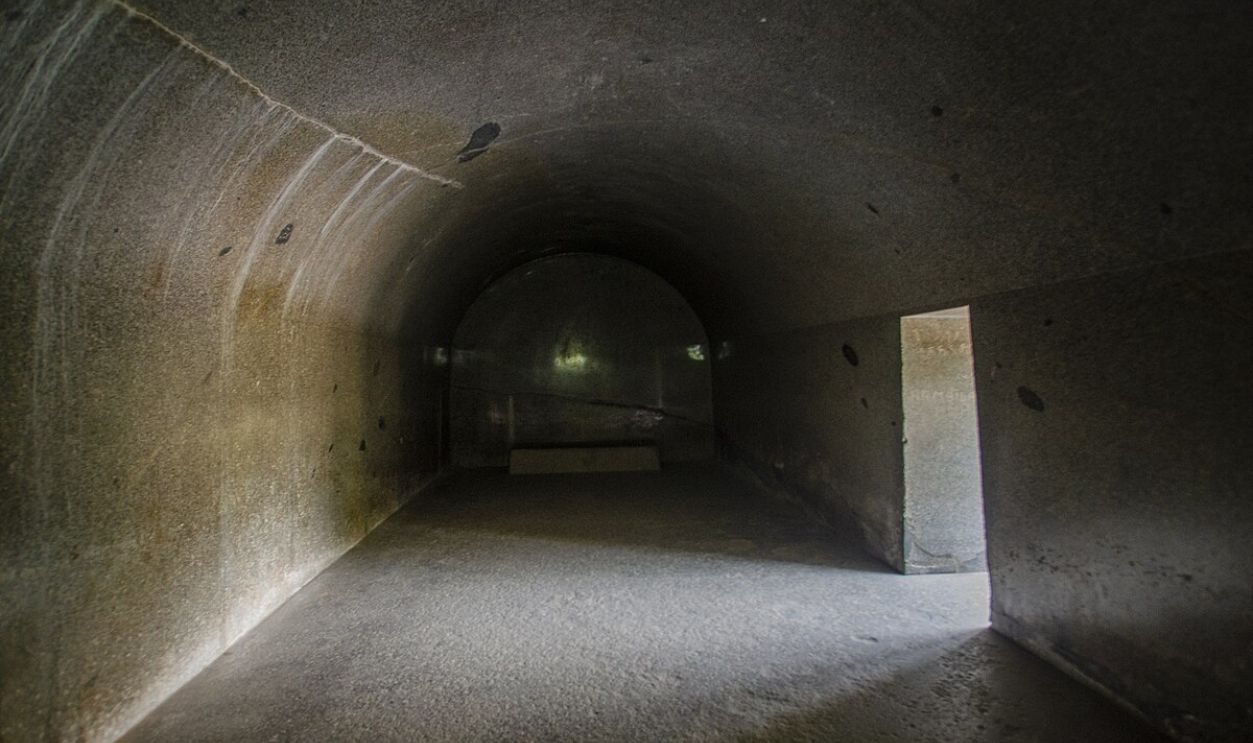 Indianvagabond, CC BY-SA 4.0, Wikimedia Commons
Indianvagabond, CC BY-SA 4.0, Wikimedia Commons
Ideas That Continue To Divide Researchers
While many historians attribute the caves to skilled laborers of the Mauryan Empire, others argue that the technology required exceeded what was available at the time. The lack of evidence of tools and their advanced finish keeps this debate alive among archaeologists, engineers, and researchers.
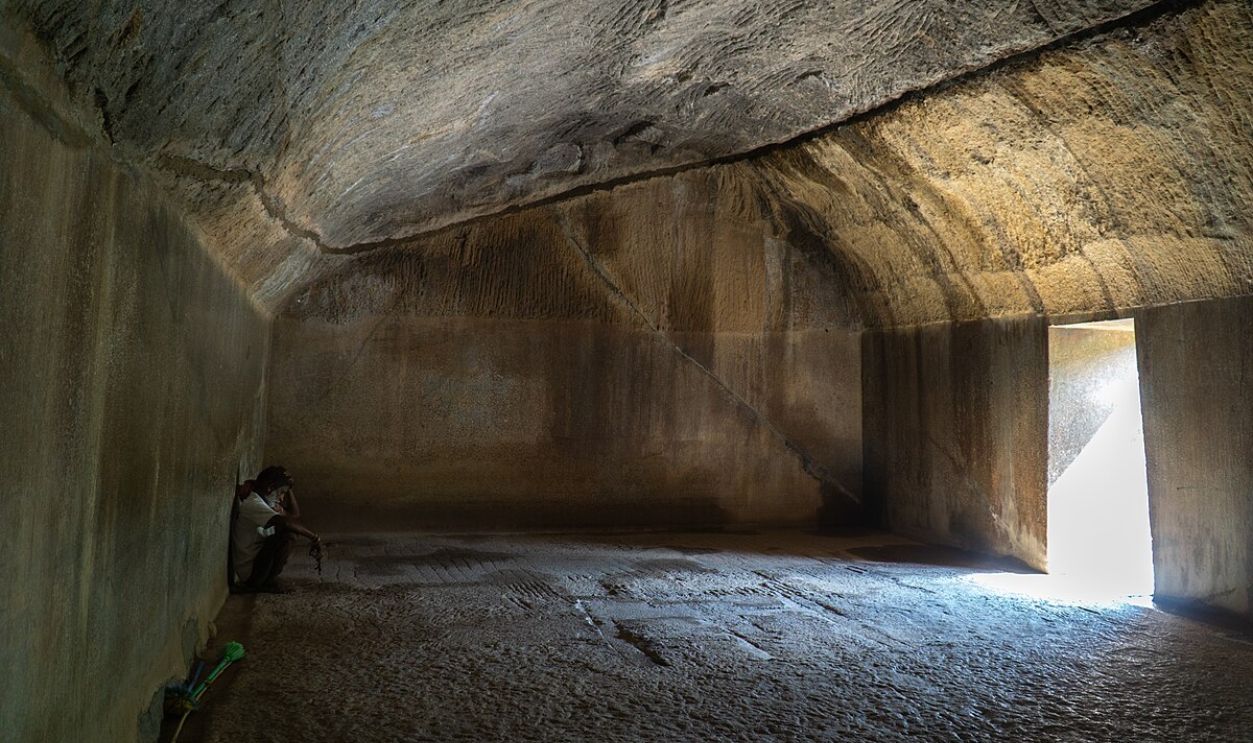 Sumitsurai, CC BY-SA 4.0, Wikimedia Commons
Sumitsurai, CC BY-SA 4.0, Wikimedia Commons
A Debate That Has Lasted Centuries
From early explorers to modern scientists, the Barabar Caves have invited discussion for generations. Some view them as definitive proof of Mauryan ingenuity, while others see them as remnants of a forgotten civilization. Despite decades of study, their true origins remain one of India's most enduring mysteries.
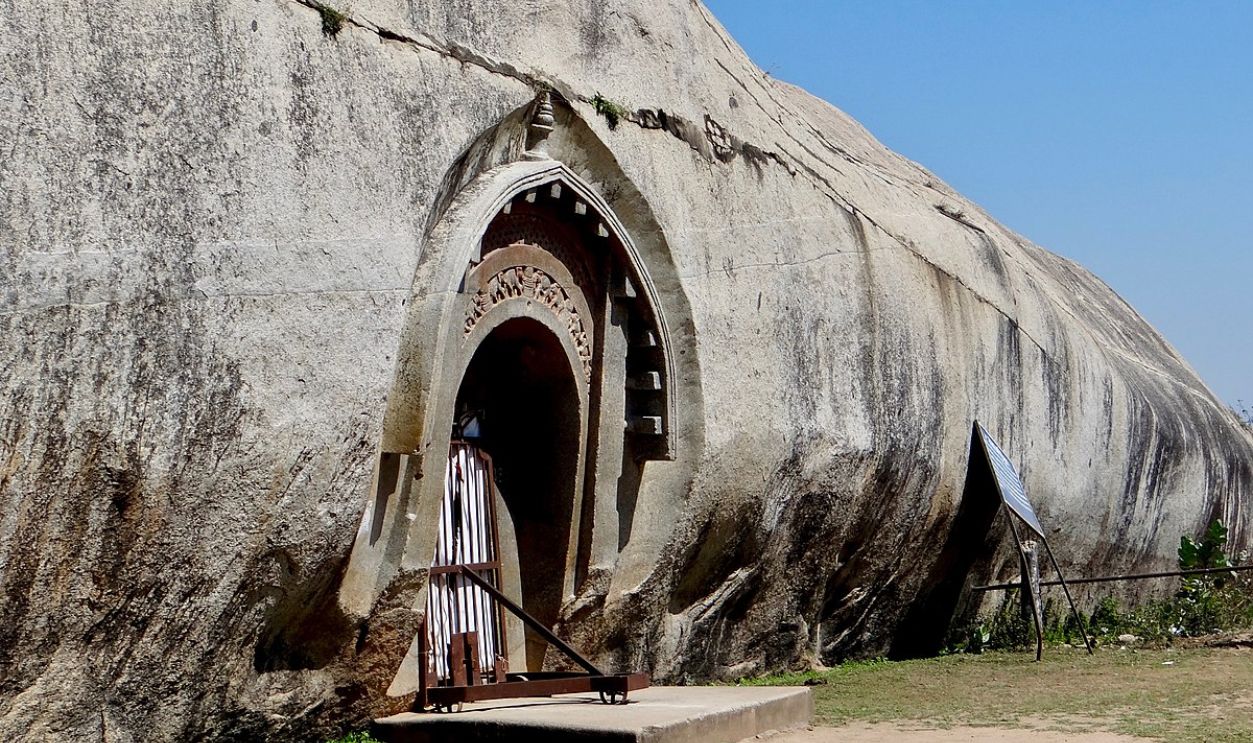 Srijitakundan, CC BY-SA 4.0, Wikimedia Commons
Srijitakundan, CC BY-SA 4.0, Wikimedia Commons
New Findings That Could Change Everything
Recent developments in imaging technology allow researchers to scan beneath the surface of ancient structures. Studies of similar rock-cut sites have revealed hidden chambers and structural anomalies. If applied to the Barabar Caves, such methods could expose unseen modifications or even evidence of earlier phases of construction.
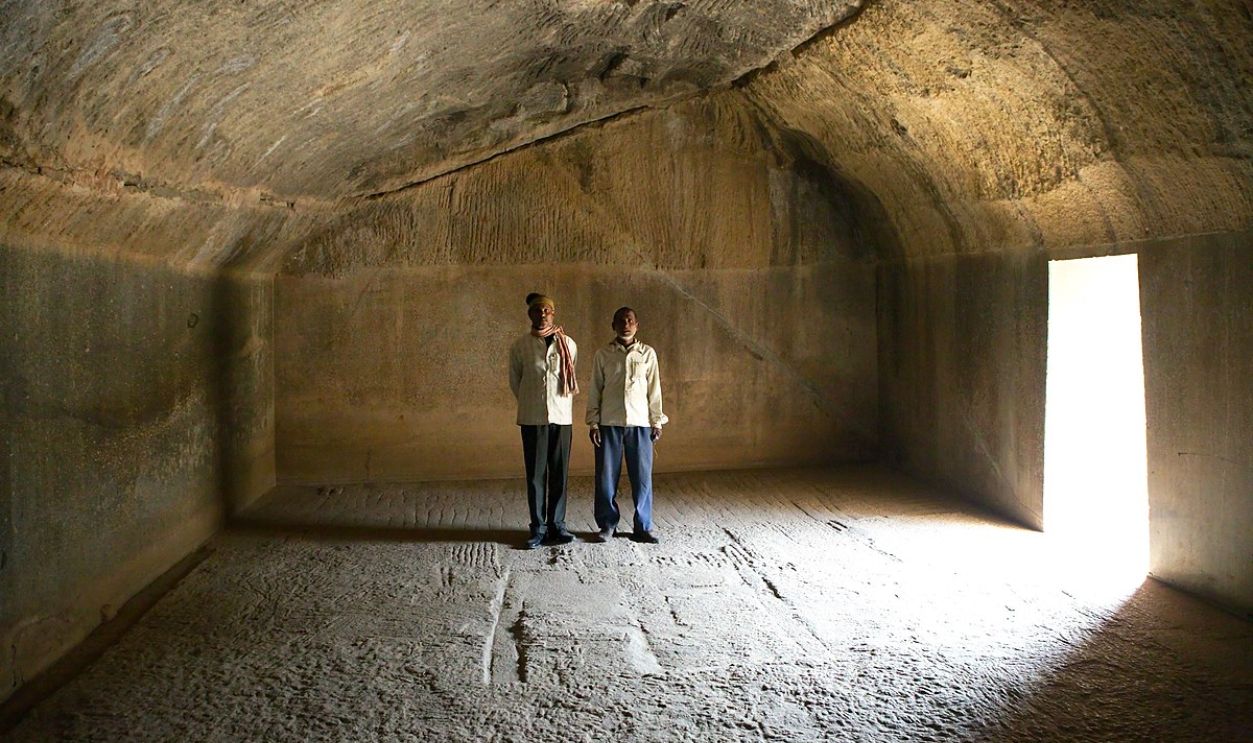 Devajyoti Sarkar, CC BY-SA 2.0, Wikimedia Commons
Devajyoti Sarkar, CC BY-SA 2.0, Wikimedia Commons
Similar Places Holding More Clues
India is home to other precision-cut structures, but none match this one's polish and complexity. Sites like the Udayagiri Caves and the Ellora temples exhibit rock-cut mastery, yet their techniques differ. Comparing these locations could reveal whether Barabar's methods were unique or part of a broader lost tradition.
 Bernard Gagnon, CC BY-SA 3.0, Wikimedia Commons
Bernard Gagnon, CC BY-SA 3.0, Wikimedia Commons
A Mystery That Continues To Grow
The more experts study the caves, the stranger their features seem. Their combination of acoustics, polish, and precision is unmatched in recorded Indian history. Although research gradually reveals more about many ancient sites, Barabar remains an anomaly, which poses more questions than answers.
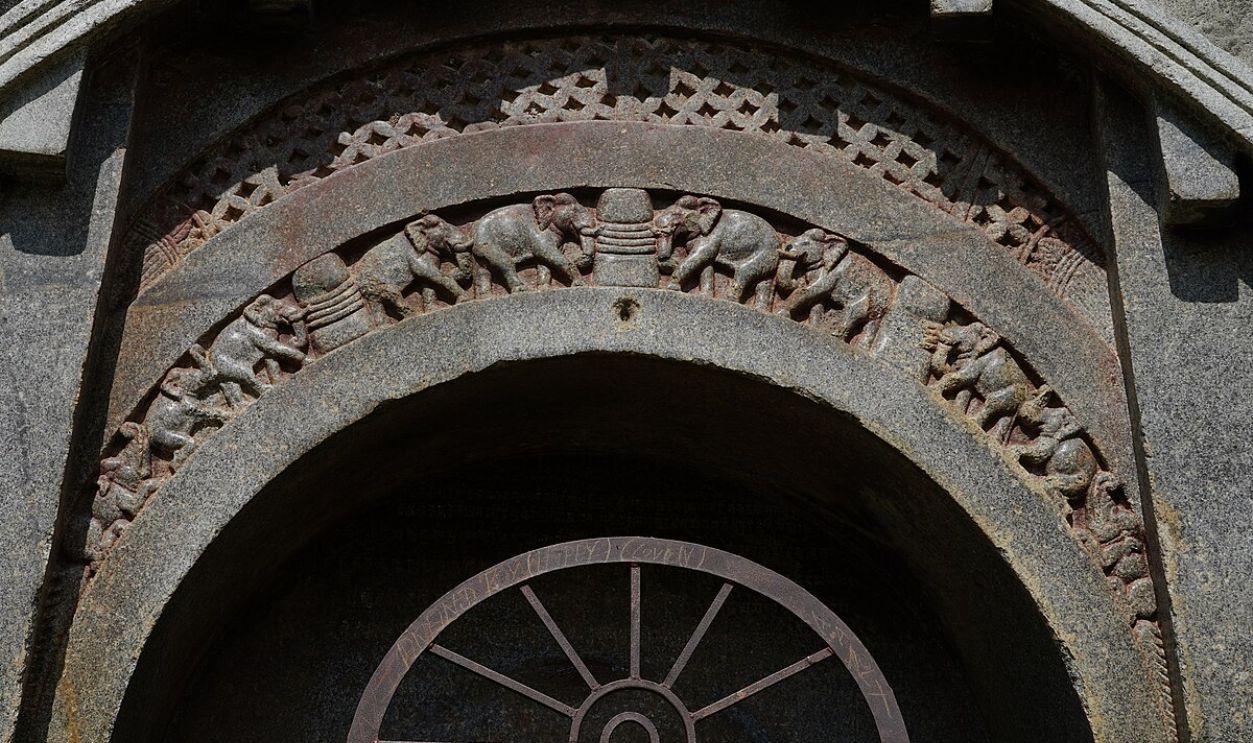 Amitabha Gupta, CC BY 4.0, Wikimedia Commons
Amitabha Gupta, CC BY 4.0, Wikimedia Commons
Unanswered Questions That Demand Attention
Despite extensive study, no definitive explanation exists for the caves's precision, methods, or entire history. Were they constructed using primitive tools, or is something missing from the historical record? Without direct evidence of the techniques used, the true story of these caves remains frustratingly incomplete.
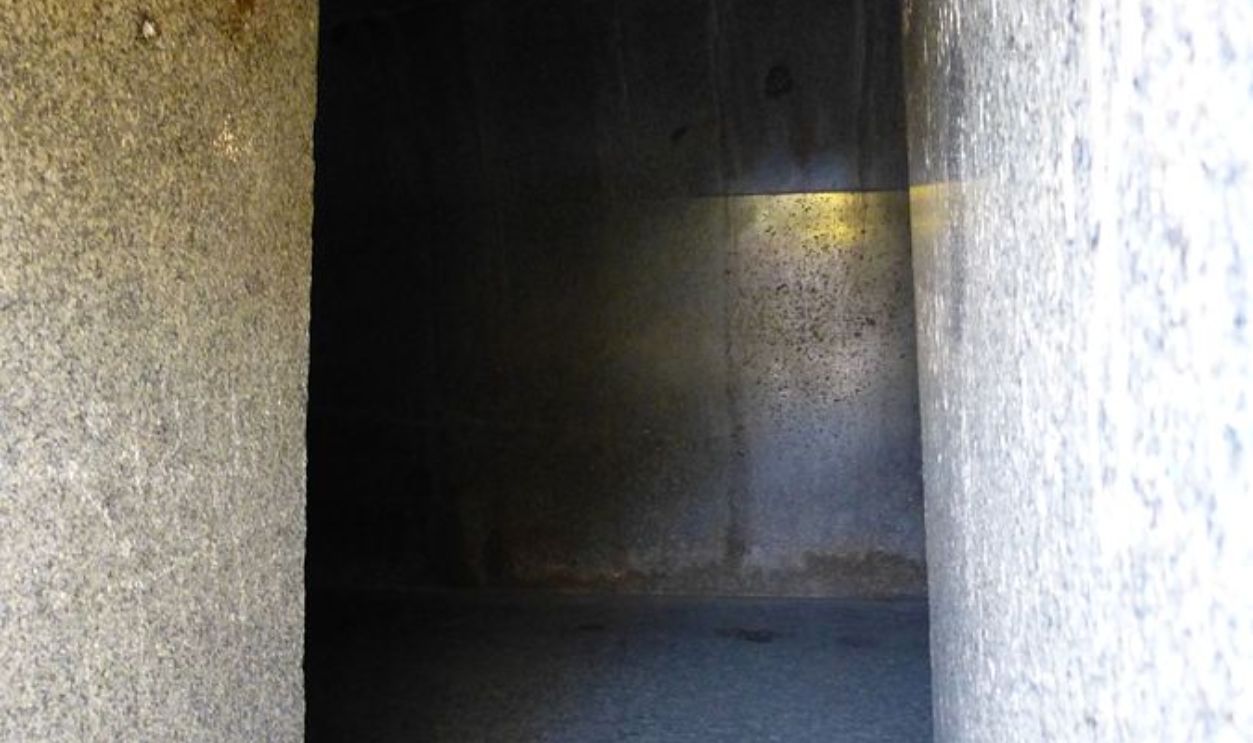 Dharma from Penang, Malaysia, CC BY 2.0, Wikimedia Commons
Dharma from Penang, Malaysia, CC BY 2.0, Wikimedia Commons
A Future That Might Bring Answers
As technology improves, new methods like 3D mapping and material analysis could provide fresh insights. Future discoveries may finally reveal whether the caves are solely a product of Mauryan craftsmanship or something far older. Until then, they remain one of the greatest unsolved mysteries of ancient India.
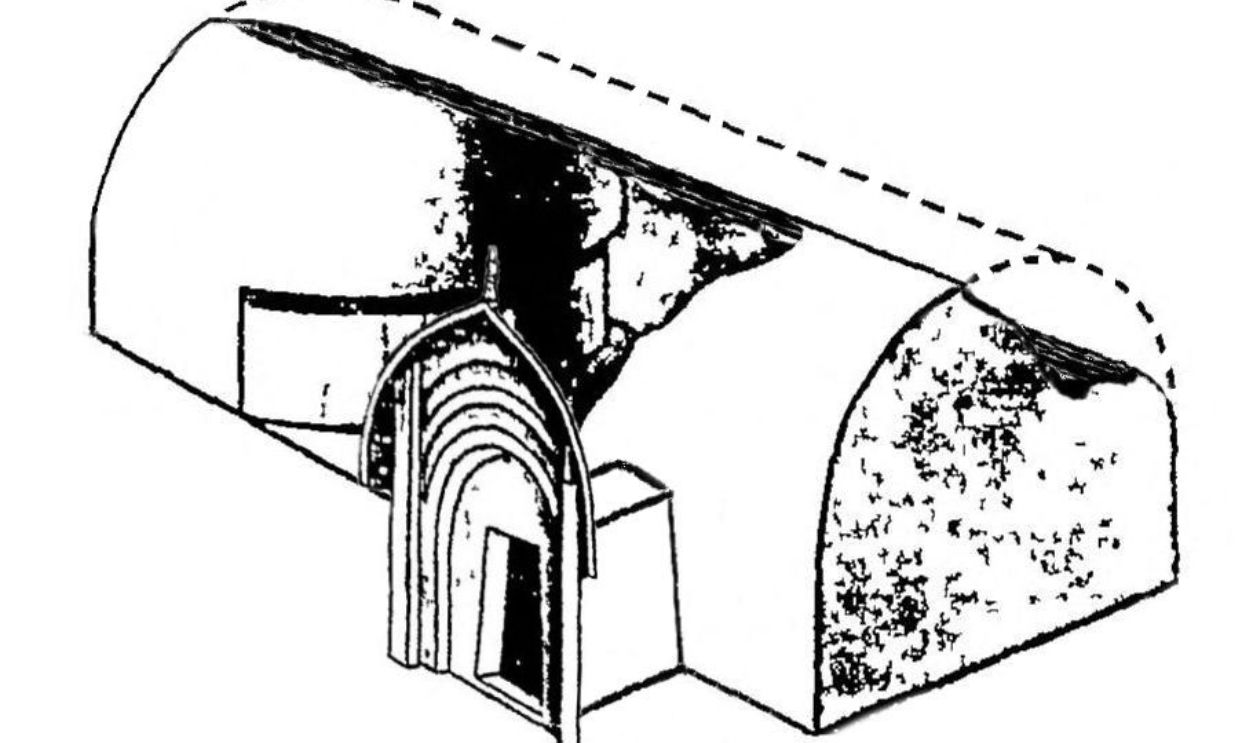 Percy Brown, Wikimedia Commons
Percy Brown, Wikimedia Commons

